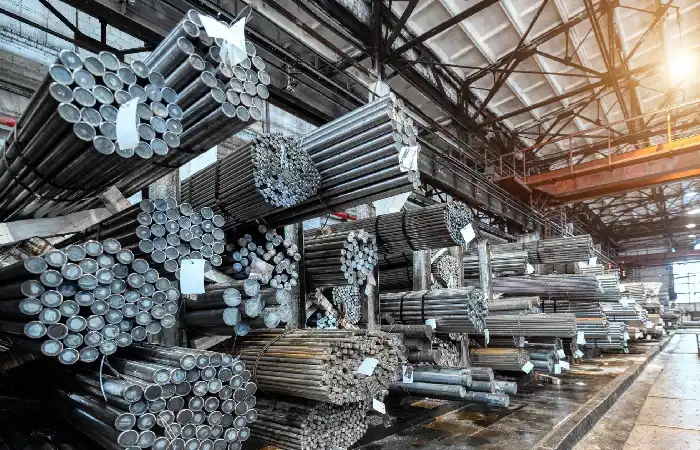This particular part number, “myb d/mat found clc 130 c size .64 o”, refers to a casting or mold component. By breaking down the information provided:
- “myb” likely stands for the manufacturer or brand name
- “d/mat” indicates it is made from ductile iron or cast iron material
- “found” establishes that it has been released or manufactured via a founding process
- “clc” possibly refers to the part’s design classification
- “130” denotes a specific part number within that classification
- “c” before the size suggests it is measured in centimeters
- “size .64” specifies the component has a diameter or width of 0.64 centimeters
- “o” at the end could mean the measurement is for an outer dimension
Putting this together, the part number seems to be for a cast iron part from the MYB brand, likely used within industrial machinery, with a C-type classification code of 130 and an outer diameter of 0.64 centimeters. Further technical drawings would be needed to fully understand this particular cast component’s geometry and intended use.
Manufacturing Process Or Applications Of Myb D/Mat Found Clc 130 C Size .64 O

This part is identified as being made of ductile or cast iron material, indicating it has likely gone through a metal-casting manufacturing process. A mold is first produced in metal casting using a pattern or 3D model of the desired part shape. A molten metal alloy is added into the mold and allowed to solidify, result in a near-net shape casting.
The most common casting methods for iron alloys are sand, die, and investment casting. Given the precision size of .64 cm indicated, this part was possibly produced via die casting, where molds made of metal dies allow for tighter tolerances. Some potential applications for a precision cast iron component of this size/geometry could be within small hydraulic, pneumatic, or mechanical systems.
It may function as a shaft, bushing, housing, or other structural element. Its C classification code could suggest it is used within industrial controls or machinery components. Further context is needed, but casting allows robust metal parts to be repeatably manufactured for applications requiring strength and durability.
Technical Drawings Or Specifications Of Myb D/Mat Found Clc 130 C Size .64 O”

Without access to the original engineering drawings for this part, it is difficult to determine its exact specifications and geometry. However, specific details could be included in the technical package based on convention. A 2D profile view drawing would showcase the general shape, such as circular for the outer diameter dimension given.
Additional orthogonal views like top, bottom, and possibly section views could provide fuller 3D visualization. Critical dimensions like wall thicknesses, hole positions/sizes, taper angles, and surface finish requirements may be called out numerically or with geometric tolerancing symbols. A bill of materials would list any minor sub-components or fasteners. General notes may provide information on recommended casting alloy composition, heat treatment processes, or surface coating/plating. Testing and inspection requirements ensuring dimensional accuracy and material property standards would also be delineated.
The drawings’ material, finish, and tolerance specifications help facilitate production planning and quality control. While the limited part number alone does not fully convey the engineering specifications, technical drawings are essential for clearly communicating the full functional design intent.
Conclusion
The MYB D/MAT found that the CLC130 core with a C size and thickness of .64O provides diamond machinists with a reliable and versatile substrate for cutting diamond tooling. The chemical vapor deposition process that coats sheets of chemical vapor deposition ensures the cores have consistent and uniform properties suitable for precision machining applications.
The low ash content CBN and diamond grain coatings strongly bond to the CLC130 material for robust cutting performance over a long operating life. While the initial investment cost of C-size tooling may be higher than smaller iterations, the capability for multi-tool cutting forces many manufacturers to choose this option for high-volume production use cases.
When factoring in the tool’s longevity and ability to machine more complex materials, the overall production costs per part come out competitive for complex components. For diamond tool makers seeking an industrial standard material, the MYB D/MAT CLC130 grade sheet offerings deliver the quality needed for high-precision, high-production machining applications.
Related posts
Featured Posts
5 Common College Problems With Effective Solutions
College life can be as terrifying as it is exciting. That’s why many freshmen face a number of common problems…
Brain Test Level 83 – Answer, Explanation, and More
Brain Test Levels Brain tests are designed to engage different brain parts and challenge reasoning abilities. Higher levels tend to…




